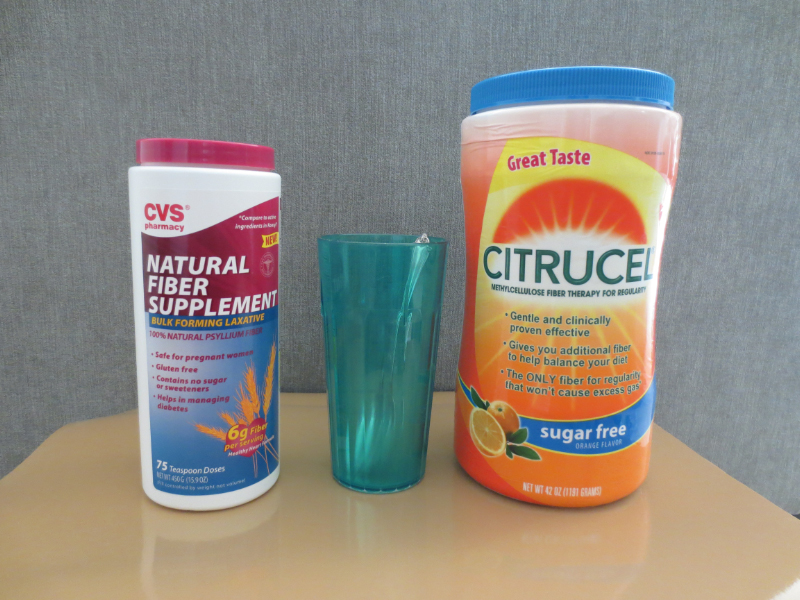Why We Should Not Legalize Marijuana
Many of you have been following the ongoing debate over whether marijuana (pot, weed, cannabis) should be legalized. On the one side are those who say it is no more harmful than smoking cigarettes or drinking alcohol and that each individual should be able to make his or her own decision concerning whether or not they want to use it. They further state that making marijuana legal would empty out the prisons, put dealers out of business and bring in tax revenue. On the other side are those who are deeply concerned about making a potentially harmful substance even more readily available than it is already. They site numerous reliable scientific studies that chronicle the health and safety consequences of using cannabis and point out that in general Americans do obey the laws regulating mind altering substances. I fall into the latter group and strongly oppose legalization of pot. Since it’s already illegal, why open Pandora’s Box and open ourselves to all the problems that would come with its increased availability and use.
The Scientific Evidence Against Legalization of Marijuana
The American Academy of Pediatrics, the foremost professional organization dedicated to the health of all children worldwide, opposes the legalization of marijuana. And with good reason! The scientific evidence is overwhelming that tetrahydrocannabinol, the principle psychotropic ingredient of marijuana, has both short term and long term negative consequences. In the short term, it causes problems with memory and learning, distorted perception, loss of coordination, increased heart rate, anxiety and difficulty with thinking and problem solving. In the long term, marijuana increases the risk of developing psychosis, depression and personality disorders. When marijuana is smoked it has the same adverse health consequences as smoking cigarettes, including an increased risk of developing lung cancer, chronic lung disease and heart disease. Because there are many more chemicals in marijuana smoke, it is thought that these effects might be even more pronounced with smoking weed. Impairment from marijuana can last hours and metabolites of the drug can be detected in the body for up to a month. Perhaps the most significant negative impact of marijuana concerns its effects on the developing brain. When used by teenagers it can have lasting effects, including an increased risk of intellectual decline, suicidal thoughts, schizophrenia and other emotional problems. Furthermore, marijuana use can blunt a young person’s motivation, drive and ambition. It can also negatively affect the sexual and reproductive physiology of both males and females. It is important to note that tetrahydrocannabinol and other substances ingested with it can cross the placenta during pregnancy to be absorbed by the developing fetus and it is transmitted in breast milk to be ingested by a nursing infant. Finally, despite claims to the contrary, a certain number of marijuana users will become addicted to it. Considering all of these negative health consequences, it is not surprising that so many individuals on both sides of the political spectrum, from Patrick Kennedy to William Bennett, oppose the legalization of marijuana.
The Prohibition Experience
Of course, no one is suggesting that we make alcohol illegal again, but our nation’s experience with Prohibition, as it was known, did teach us an important lesson…laws against mind altering substances can be effective and most Americans abide by those laws. Students of history will remember that in 1919 the 18th Amendment to the Constitution of the United States prohibited the manufacture, sale and distribution of alcohol and alcoholic beverages. Prohibition ended with its repeal by way of the 21st Amendment in 1933. It is a common misconception that prohibition did not work. In actuality, it did to a considerable extent. Public Health Records during that period show that a substantial number of Americans obeyed the law and that per capita consumption of alcohol decreased by more than half. Taking into account the lag time between the beginning of heavy alcohol consumption and the development of cirrhosis of the liver, the incidence of this life threatening condition decreased concomitantly with the decrease in alcohol consumption during Prohibition. Arrests for public drunkenness and hospital admissions for alcoholic psychosis also declined significantly. So, Prohibition showed that, in general, Americans follow laws that are intended to protect them. I think we can all agree that some regulations are necessary for public health and safety reasons and if keeping marijuana illegal will protect a large number of Americans from its harmful effects, then that is what we should do.
What I See Ahead
With the combined forces of libertarians and progressives pushing for legalization of pot, it is likely that we will see more and more states going that way and perhaps even an easing of restrictions on a national level. If that happens we will see more children, teens and adults using marijuana, because ‘if the government says it’s ok to use, then it must be safe’. The result will be that we’ll see more automobile accidents, more rudderless children and more mentally disturbed adults. Ironically, while the medical marijuana scam was used as a way to get the foot in the door so that it could be opened to full legalization, those who have been dispensing medical marijuana would be out of business. So will the marijuana drug smugglers and pushers who will be forced into the business of promoting more dangerous drugs like cocaine. Just as marijuana has been a gateway drug that leads users to more serious addictions, and medical marijuana was just a gateway to full easing of restrictions, will legalization of marijuana just be a gateway to legalization of more dangerous drugs? It all comes down to ‘where do we draw the line’. I say we keep the line where it is. For our children’s sake, let’s not let this genie out of the bottle.



